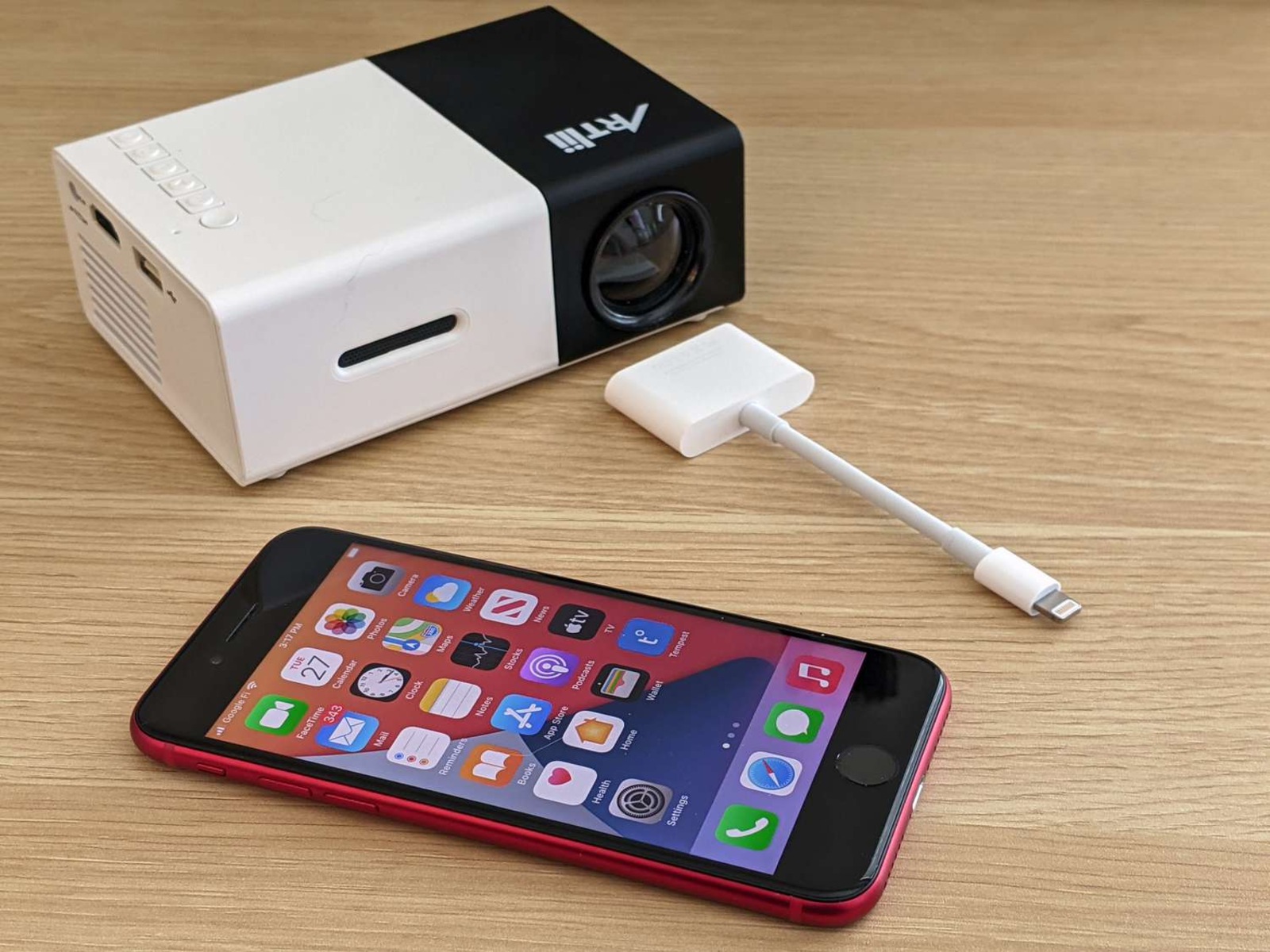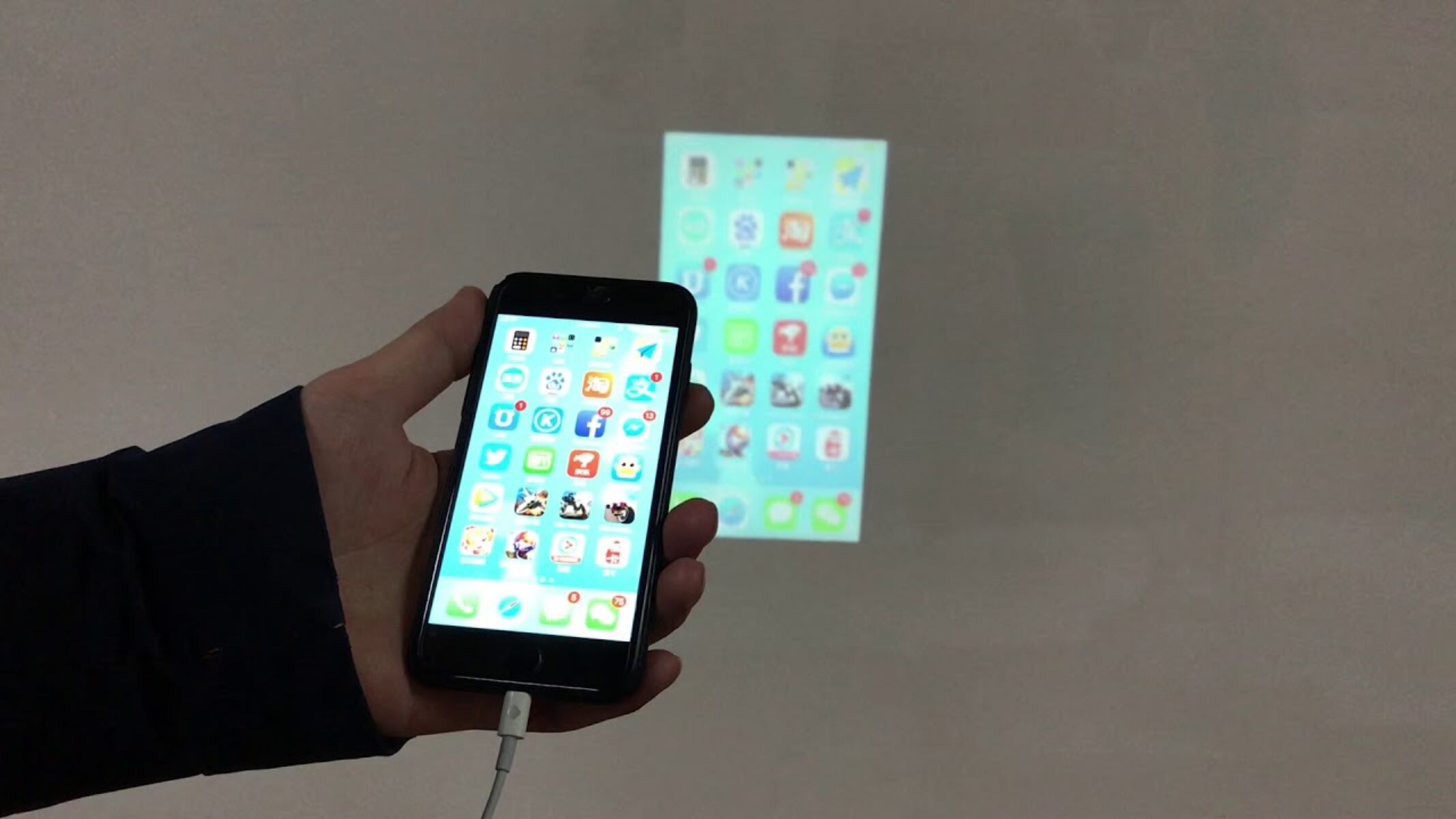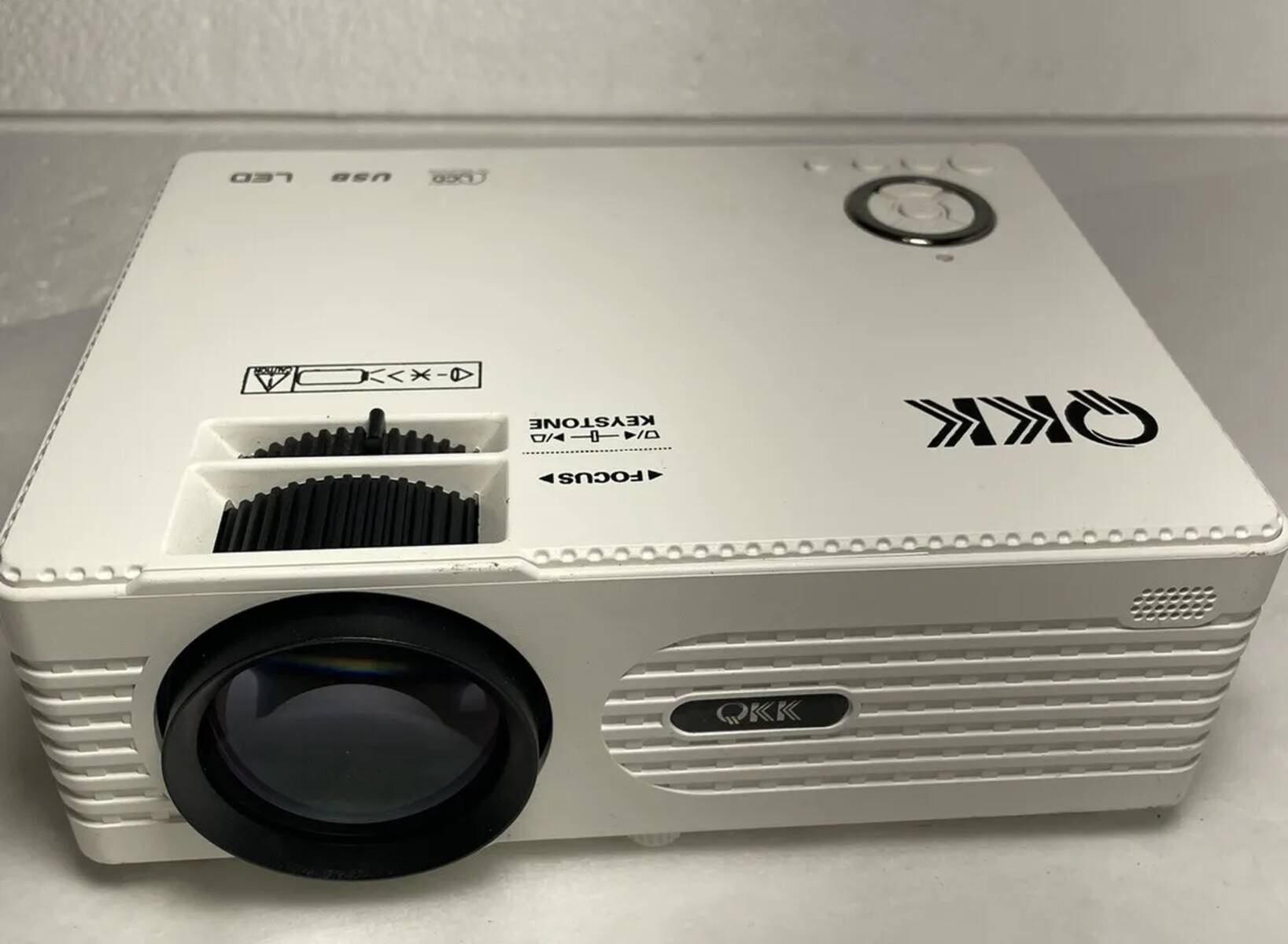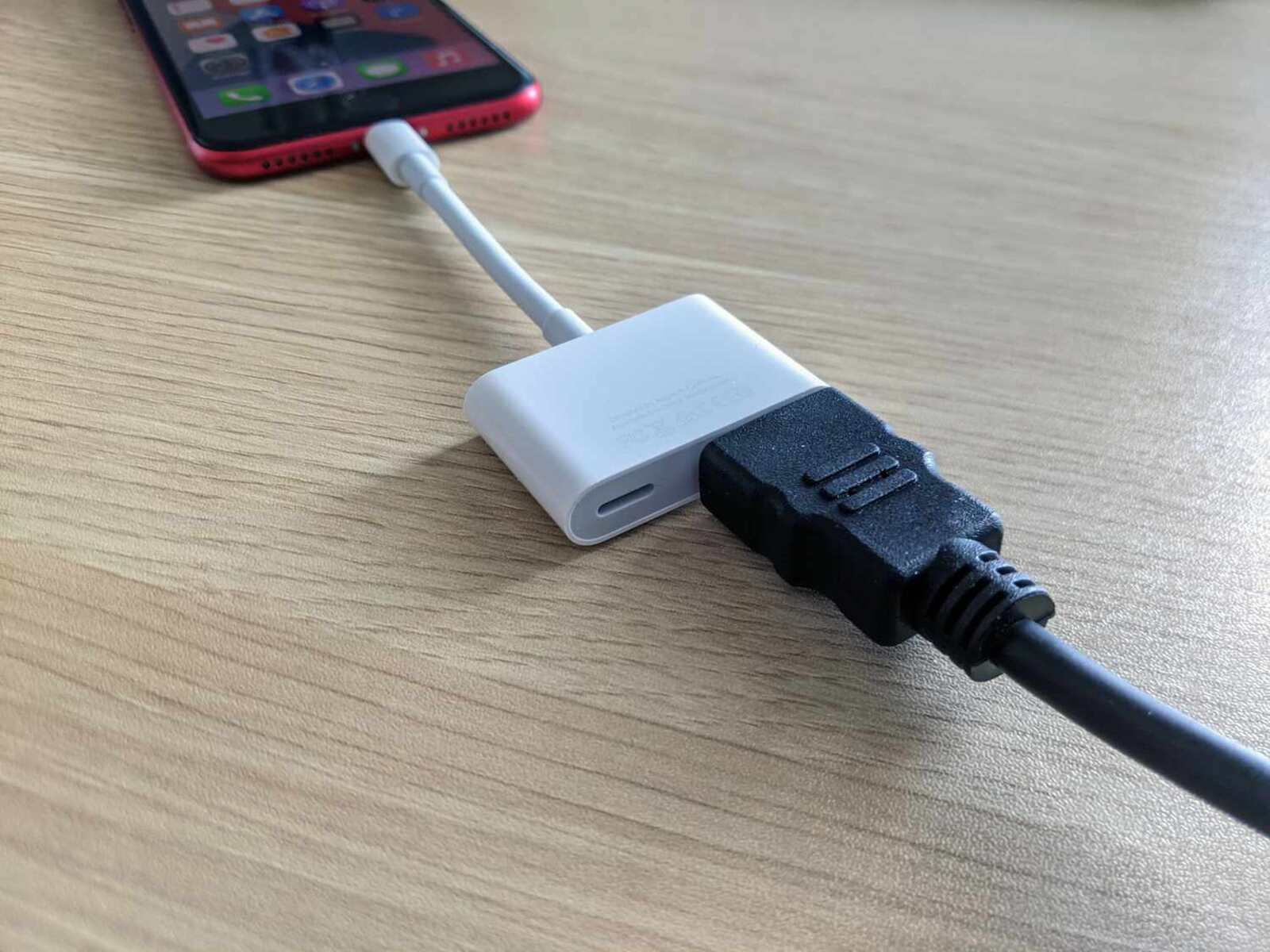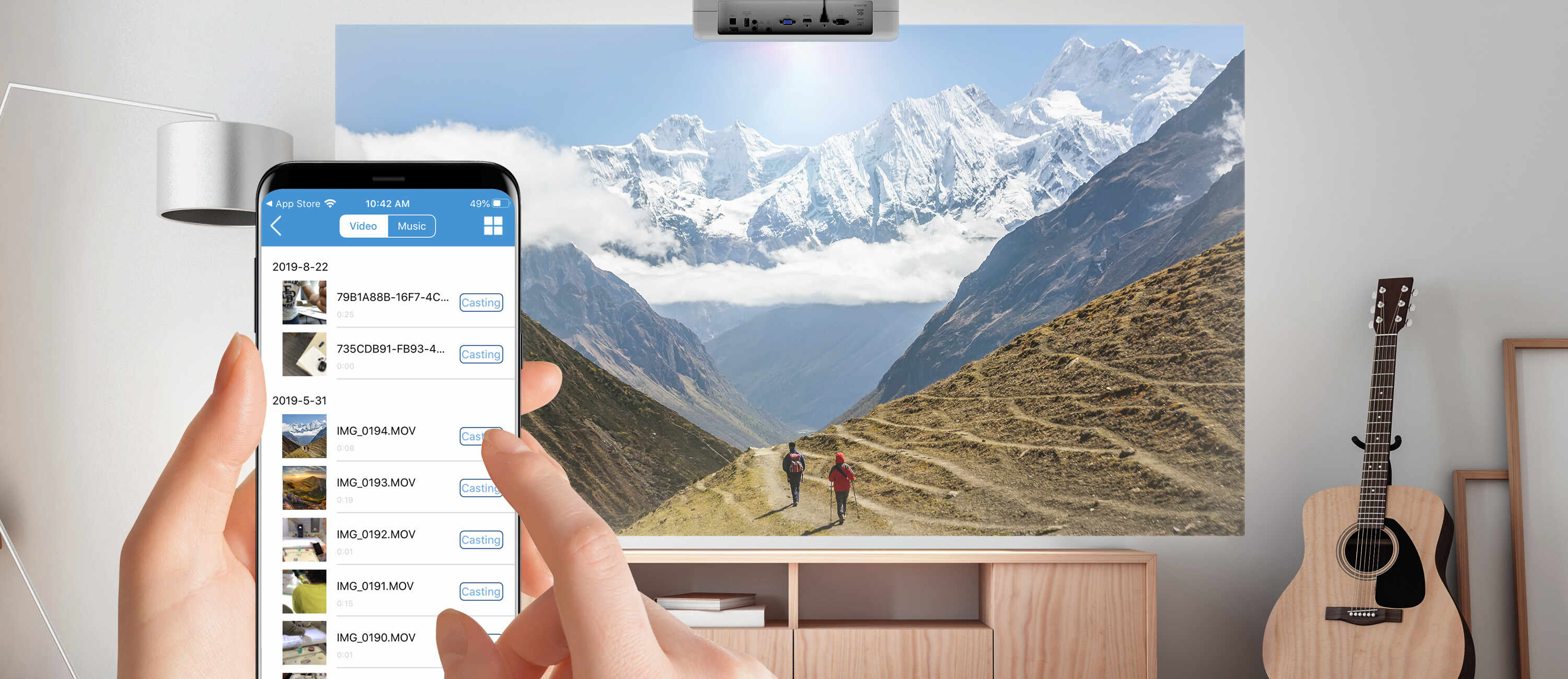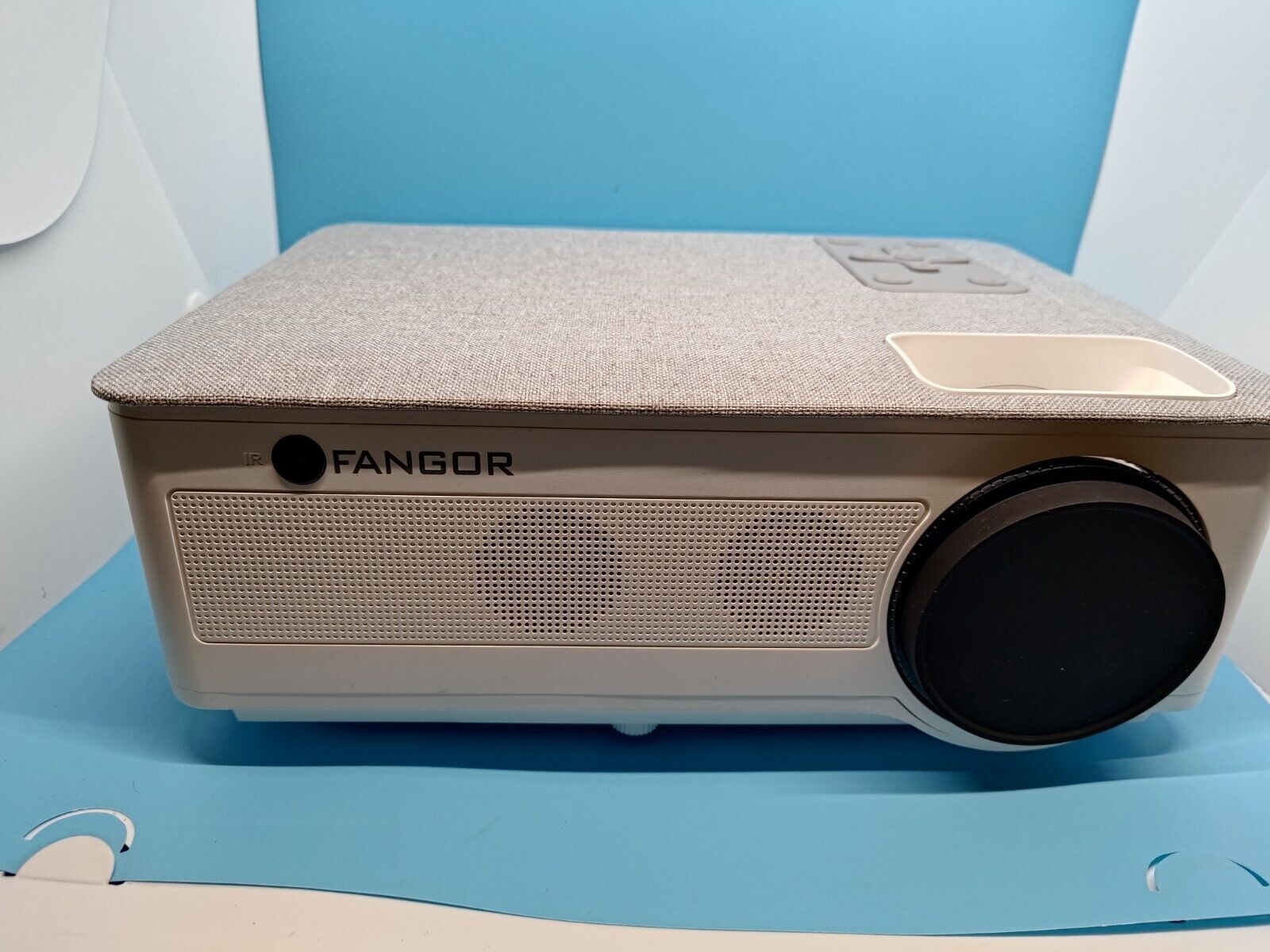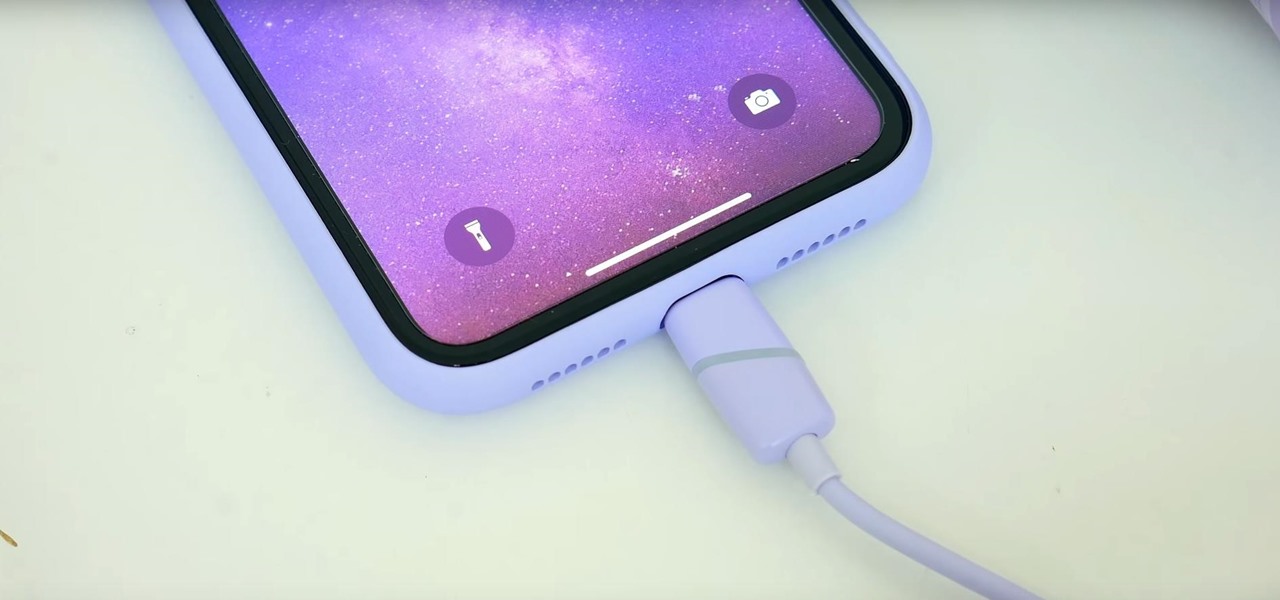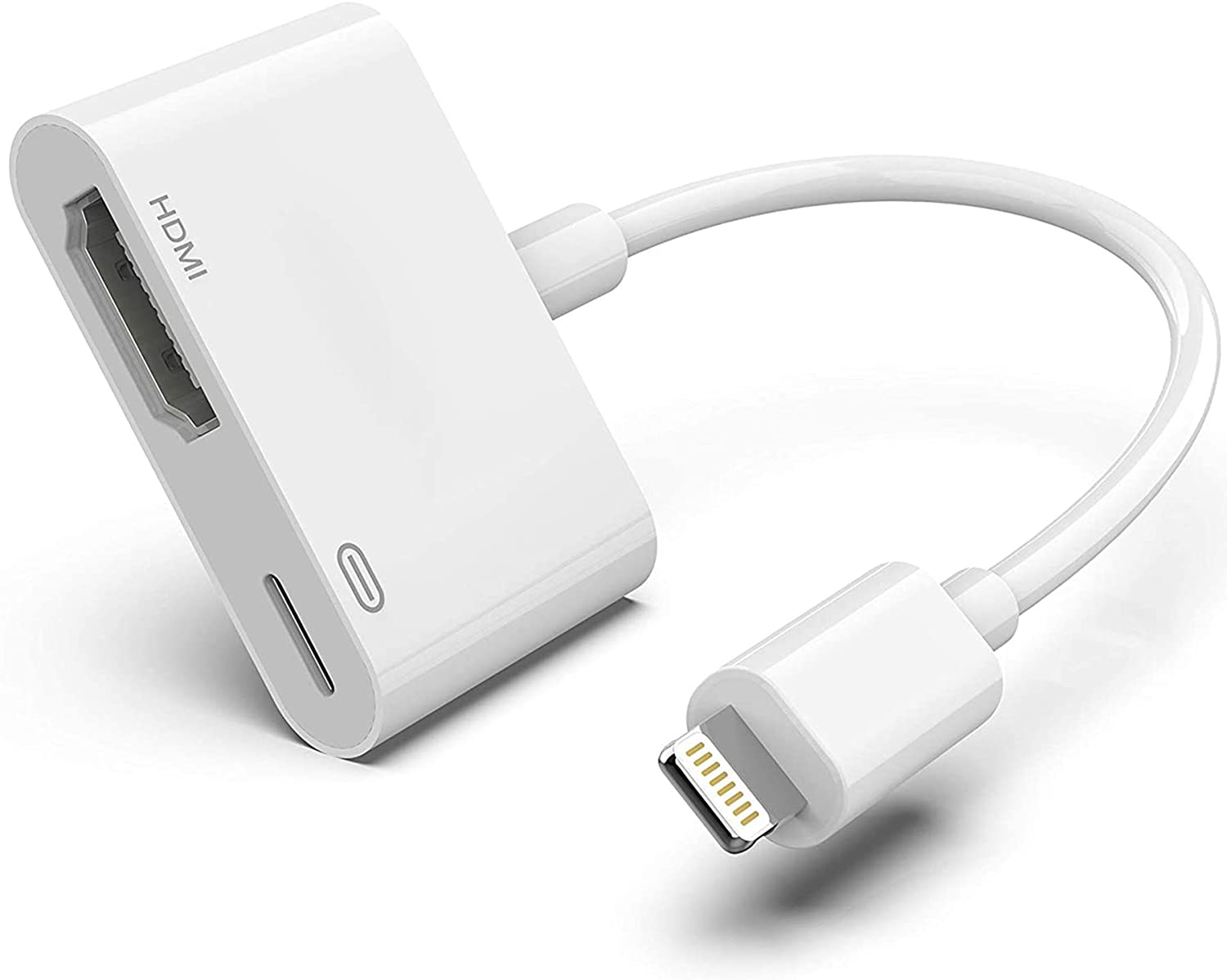Introduction
Welcome to our guide on how to connect your iPhone to a projector without an HDMI port. Whether you need to give a presentation at work, watch a movie with friends, or share photos and videos with a larger audience, connecting your iPhone to a projector can greatly enhance your multimedia experience.
While most projectors feature an HDMI port, not all iPhones have HDMI output capabilities. However, there are various alternative methods you can use to connect your iPhone to a projector, allowing you to enjoy your content on a bigger screen. These methods rely on different connectors and technologies to facilitate the connection between your iPhone and the projector.
In this article, we will explore five different methods that will enable you to connect your iPhone to a projector without using an HDMI cable. Each method has its own set of requirements, so you can choose the one that best suits your needs based on the devices you have available.
Whether you prefer a wired or wireless connection, there is a solution for you. We will explain how to use a Lightning to VGA adapter, a Lightning to HDMI adapter with an HDMI to VGA converter, AirPlay mirroring with an Apple TV, a wireless HDMI adapter, and a digital AV adapter with VGA output. These methods offer flexibility and versatility, ensuring that you can connect your iPhone to a projector no matter the circumstances.
So, if you’re ready to transform your iPhone into a powerful tool for presentations and entertainment, let’s dive into the different methods of connecting your iPhone to a projector without an HDMI cable. Get ready to elevate your viewing experience and share your content on the big screen!
Methods of Connecting iPhone to a Projector Without HDMI
When it comes to connecting your iPhone to a projector without an HDMI port, you have several options to choose from. Let’s explore five different methods that will allow you to make the connection and enjoy your content on a larger screen.
- Using a Lightning to VGA Adapter: This method involves using a Lightning to VGA adapter, which allows you to connect your iPhone to the projector through a VGA cable. Simply plug the Lightning end of the adapter into your iPhone, and connect the VGA cable between the adapter and the projector. This method is ideal for projectors that have VGA ports but lack HDMI connectivity.
- Using a Lightning to HDMI Adapter with an HDMI to VGA Converter: If your projector only has a VGA port and not an HDMI port, you can utilize this method. Start by connecting a Lightning to HDMI adapter to your iPhone, and then connect an HDMI to VGA converter to the adapter. Finally, plug in the VGA cable between the converter and the projector. This two-step solution allows you to bridge the gap between HDMI and VGA connections.
- Using AirPlay Mirroring and an Apple TV: If you have an Apple TV and a Wi-Fi network, this wireless method is perfect for you. Simply ensure that your iPhone and Apple TV are connected to the same Wi-Fi network. Then, enable AirPlay Mirroring on your iPhone and select your Apple TV from the list of available devices. Your iPhone’s screen will be mirrored on the projector through the Apple TV, providing a seamless wireless connection.
- Using a Wireless HDMI Adapter: This method allows for a wireless connection between your iPhone and the projector. All you need is a wireless HDMI adapter that supports screen mirroring. Plug the adapter into the projector’s HDMI port and connect it to the same Wi-Fi network as your iPhone. Then, enable screen mirroring on your iPhone, and the content will be wirelessly transmitted to the projector.
- Using a Digital AV Adapter with VGA Output: If your projector only supports VGA input, this method offers a straightforward solution. Use a Digital AV adapter for your iPhone, which combines an HDMI output with a separate VGA output. Connect the VGA cable from the adapter to the projector’s VGA port, and you’re good to go.
With these five methods, you have a variety of options to connect your iPhone to a projector without an HDMI port. Each method offers distinct benefits and caters to different connectivity requirements. Now, let’s proceed to the next section, where we will provide detailed instructions for each method.
Method 1: Using Lightning to VGA Adapter
If your projector only supports VGA input, using a Lightning to VGA adapter is an excellent solution to connect your iPhone. This method allows you to easily transmit audio and video signals from your iPhone to the projector through a VGA cable.
To get started, you will need a Lightning to VGA adapter, which can be purchased from Apple or other reputable third-party retailers. Here are the steps to connect your iPhone to the projector using this method:
- Ensure that your projector is turned off, and check if it has a VGA input port.
- Connect one end of the VGA cable to the VGA input port on the projector.
- Next, connect the other end of the VGA cable to the VGA port on the Lightning to VGA adapter.
- Plug the Lightning end of the adapter into your iPhone.
- Turn on your projector and set it to the correct VGA input source.
- On your iPhone, go to “Settings” and tap on “Display & Brightness.”
- Tap on “Mirroring” and select the name of the projector from the list of available devices.
- Your iPhone’s screen should now be mirrored on the projector, displaying the same content.
With the Lightning to VGA adapter, you can easily give presentations, watch videos, or share photos with a larger audience. Keep in mind that the Lightning to VGA adapter only transmits video and audio signals, so make sure to connect separate speakers if you need sound.
This method is compatible with various iPhone models, including iPhone 8 and newer, as well as iPad models with a Lightning connector. Additionally, it works well with projectors that have a VGA input port but lack HDMI connectivity.
Now that you know how to connect your iPhone to a VGA projector using a Lightning to VGA adapter, you can enjoy your multimedia content on a bigger screen. Let’s move on to the next section to explore another method of connecting your iPhone to a projector without HDMI.
Method 2: Using Lightning to HDMI Adapter with an HDMI to VGA Converter
If your projector only supports VGA input and you don’t have a Lightning to VGA adapter, you can still connect your iPhone by using a combination of a Lightning to HDMI adapter and an HDMI to VGA converter. This method allows you to bridge the gap between HDMI and VGA connections, enabling you to display your iPhone’s content on the projector.
Here is a step-by-step guide on how to use a Lightning to HDMI adapter with an HDMI to VGA converter:
- Start by connecting the Lightning end of the Lightning to HDMI adapter to your iPhone.
- Connect the HDMI end of the adapter to an HDMI to VGA converter box.
- Ensure that the HDMI to VGA converter has a VGA output port.
- Connect a VGA cable from the converter’s VGA output port to the VGA input port on your projector.
- Plug the HDMI to VGA converter into a power source using the provided power adapter.
- Turn on your projector and set it to the correct VGA input source.
- On your iPhone, go to “Settings” and tap on “Display & Brightness.”
- Tap on “Mirroring” and select the name of the converter or HDMI source from the list of available devices.
- Your iPhone’s screen will now be mirrored on the projector, allowing you to view your content.
Using a Lightning to HDMI adapter with an HDMI to VGA converter provides a viable solution for connecting your iPhone to projectors that lack HDMI input. This method supports both video and audio signals, ensuring a seamless multimedia experience.
Please note that the Lightning to HDMI adapter and HDMI to VGA converter should be compatible with your iPhone model and projector specifications. It is also important to ensure that both devices are powered on and set to the correct input sources.
Now that you know how to connect your iPhone to a VGA projector using a Lightning to HDMI adapter with an HDMI to VGA converter, you can easily share your content on a larger screen. Let’s move on to the next method to explore another way of connecting your iPhone to a projector without HDMI.
Method 3: Using AirPlay Mirroring and an Apple TV
If you have an Apple TV and a Wi-Fi network, you can take advantage of AirPlay Mirroring to connect your iPhone to a projector wirelessly. This method allows you to seamlessly display your iPhone’s screen on the projector through the Apple TV, providing a convenient and wireless solution.
Here is a step-by-step guide on how to connect your iPhone to a projector using AirPlay Mirroring and an Apple TV:
- Make sure your Apple TV and iPhone are connected to the same Wi-Fi network.
- Turn on your projector and set it to the correct input source.
- On your iPhone, swipe up from the bottom of the screen to access the Control Center.
- Tap on the “Screen Mirroring” or “AirPlay” option (may vary depending on your iOS version).
- Select your Apple TV from the list of available devices.
- Enter the AirPlay code displayed on your TV screen, if prompted.
- Your iPhone’s screen will now be mirrored on the projector through the Apple TV.
Utilizing AirPlay Mirroring and an Apple TV grants you the freedom to move around and control your iPhone from a distance while still displaying the content on the projector. This wireless method is perfect for presentations, streaming videos, or sharing photos with a larger audience.
It’s important to note that the AirPlay Mirroring feature requires an Apple TV (2nd generation or later) and an iPhone with iOS 7 or later. Both devices should also be connected to the same Wi-Fi network for the mirroring to work properly.
Now that you know how to connect your iPhone to a projector using AirPlay Mirroring and an Apple TV, you can enjoy wireless connectivity and easily share your content on a larger screen. Let’s move on to the next method to explore another alternative for connecting your iPhone to a projector without HDMI.
Method 4: Using a Wireless HDMI Adapter
If you prefer a wireless connection between your iPhone and the projector, using a wireless HDMI adapter is a great option. This method allows you to transmit both audio and video signals from your iPhone to the projector without the need for cables.
Here is a step-by-step guide on how to connect your iPhone to a projector using a wireless HDMI adapter:
- Connect the wireless HDMI adapter to the HDMI input port on your projector.
- Make sure the wireless HDMI adapter is powered on and in pairing mode.
- On your iPhone, go to “Settings” and tap on “Wi-Fi.”
- Connect your iPhone to the Wi-Fi network created by the wireless HDMI adapter.
- Once connected, open the app provided by the wireless HDMI adapter manufacturer on your iPhone.
- Follow the on-screen instructions to establish a connection between your iPhone and the wireless HDMI adapter.
- Your iPhone’s screen should now be wirelessly transmitted to the projector.
Using a wireless HDMI adapter offers convenience and flexibility, allowing you to move around freely while still displaying your content on a larger screen. This method is suitable for various scenarios, such as presentations, video streaming, and gaming.
Before purchasing a wireless HDMI adapter, make sure it is compatible with your iPhone model and projector specifications. Additionally, verify that the wireless HDMI adapter supports screen mirroring or content streaming from your iPhone.
Now that you know how to connect your iPhone to a projector using a wireless HDMI adapter, you can enjoy a wire-free experience and easily share your content on a bigger screen. Let’s move on to the next method to explore another approach for connecting your iPhone to a projector without HDMI.
Method 5: Using a Digital AV Adapter with VGA Output
If your projector only supports VGA input, you can use a Digital AV adapter with VGA output to connect your iPhone. This method allows you to convert the digital signal from your iPhone into VGA, enabling you to display your content on the projector.
Here is a step-by-step guide on how to connect your iPhone to a projector using a Digital AV adapter with VGA output:
- Start by connecting the Digital AV adapter to the Lightning port on your iPhone.
- Connect a VGA cable from the VGA output port on the adapter to the VGA input port on your projector.
- Ensure that your projector is turned off before making any connections.
- Now, turn on your projector and set it to the correct VGA input source.
- On your iPhone, go to “Settings” and tap on “Display & Brightness.”
- Tap on “Mirroring” and select the name of the projector or display from the list of available devices.
- Your iPhone’s screen will now be mirrored on the projector through the Digital AV adapter.
Using a Digital AV adapter with VGA output provides a straightforward solution for connecting your iPhone to projectors that only support VGA input. This method ensures that both video and audio signals are transmitted to the projector, allowing for a complete multimedia experience.
Keep in mind that the Digital AV adapter should be compatible with your iPhone model, and the VGA cable should be properly connected to the projector’s VGA input port. Additionally, ensure that your iPhone and the projector are set to the correct input sources for a successful connection.
Now that you know how to connect your iPhone to a VGA projector using a Digital AV adapter with VGA output, you can easily share your content on a larger screen. You have explored five different methods to connect your iPhone to a projector without HDMI, providing flexibility and versatility.
Conclusion
Connecting your iPhone to a projector without an HDMI port is easier than ever thanks to the various methods available. Whether you opt for a wired connection using adapters or prefer the convenience of wireless solutions, there is a method suitable for your needs.
We discussed five different methods in this guide: using a Lightning to VGA adapter, using a Lightning to HDMI adapter with an HDMI to VGA converter, utilizing AirPlay Mirroring and an Apple TV, using a wireless HDMI adapter, and employing a Digital AV adapter with VGA output.
Each method has its own set of requirements and benefits, making it essential to consider the compatibility with your iPhone model and the specifications of your projector. Some methods are more suitable for specific scenarios, such as presentations, video streaming, or sharing photos with a larger audience.
By following the step-by-step instructions provided for each method, you can easily connect your iPhone to a projector and enjoy your content on a bigger screen. Whether it’s for work, entertainment, or educational purposes, these methods open up new possibilities and enhance your multimedia experience.
Remember to ensure that all devices are properly connected, powered on, and set to the correct input sources. This will help you establish a seamless connection and optimize the quality of the displayed content.
Now that you have a comprehensive understanding of these five methods, you are ready to choose the one that suits you best and elevate your projection experience. Whether you prefer a wired or wireless connection, you can now confidently connect your iPhone to a projector and enjoy the benefits of a larger screen.
So, go ahead and give a stunning presentation, enjoy a movie night with friends, or showcase your photos and videos on the big screen. The possibilities are endless!







